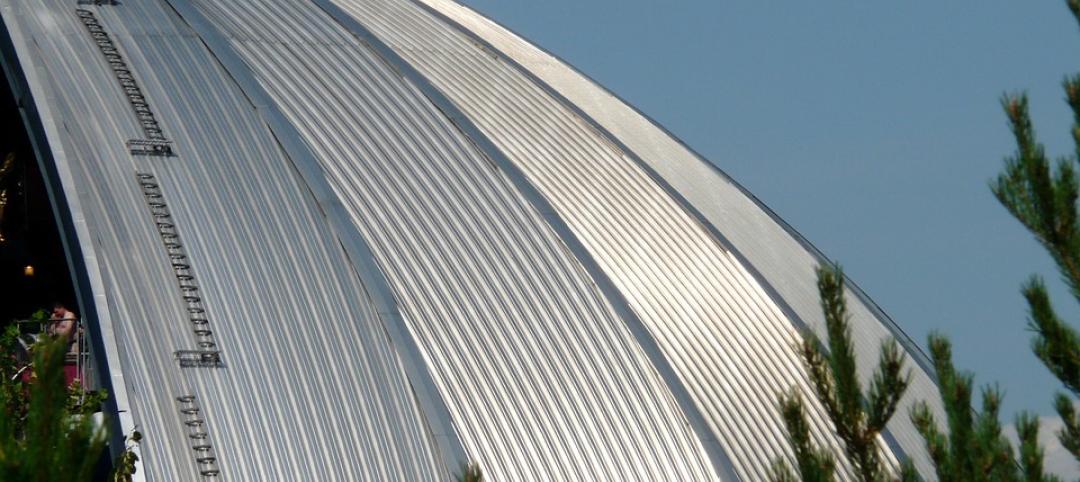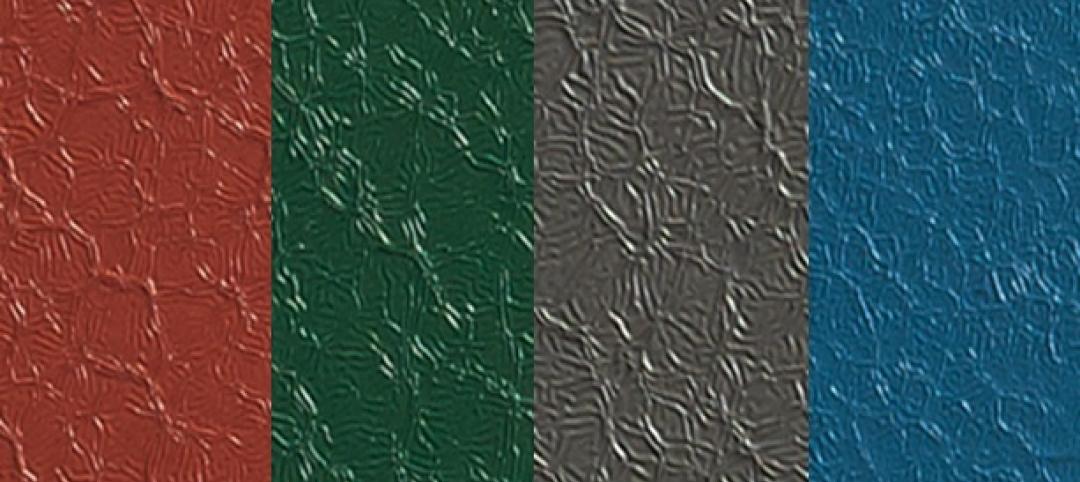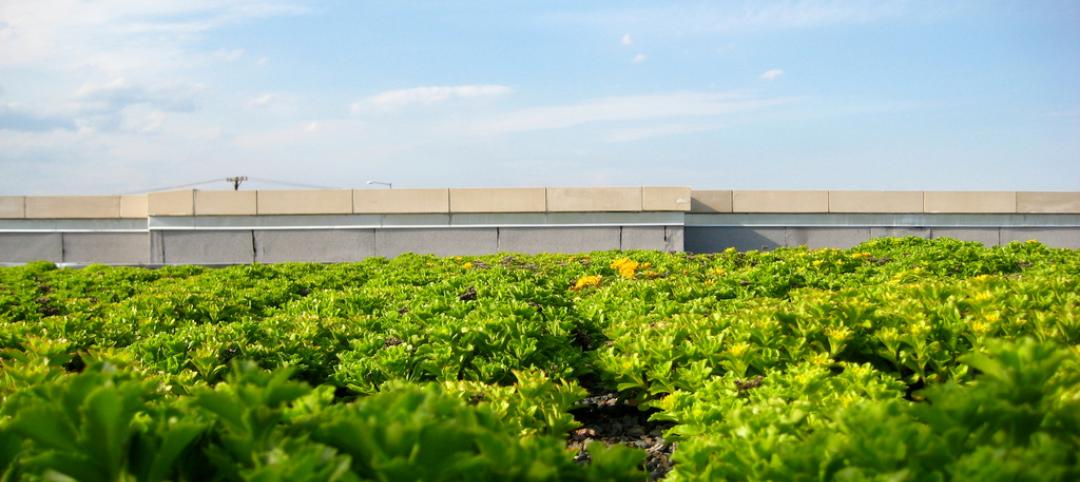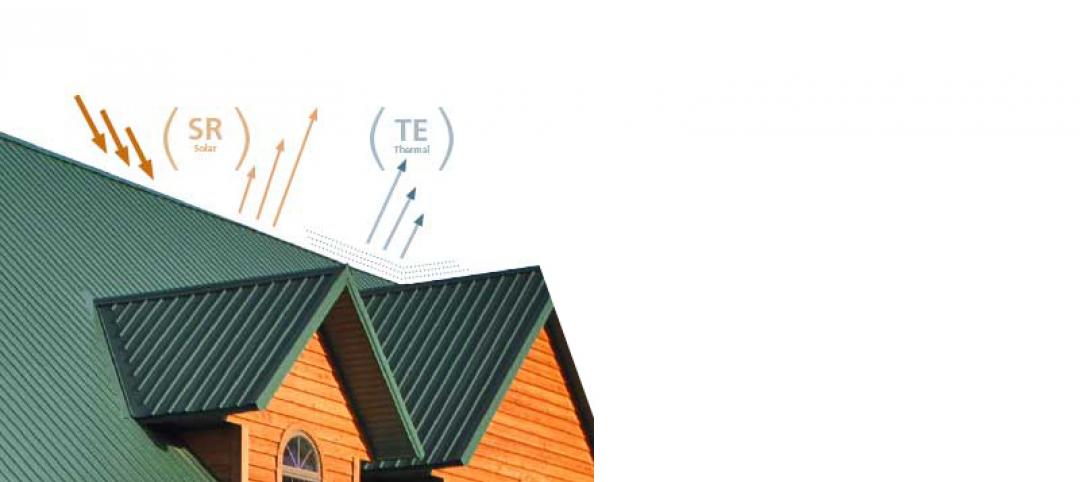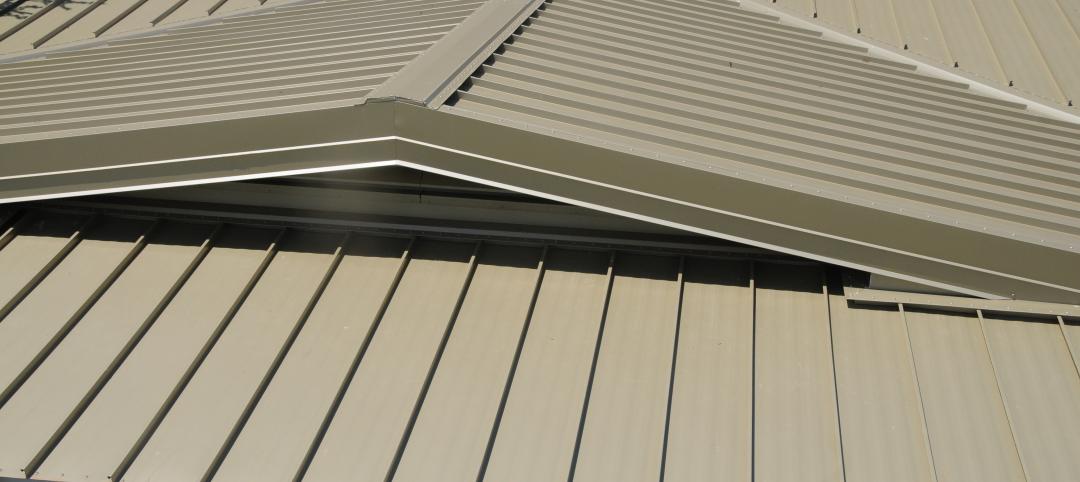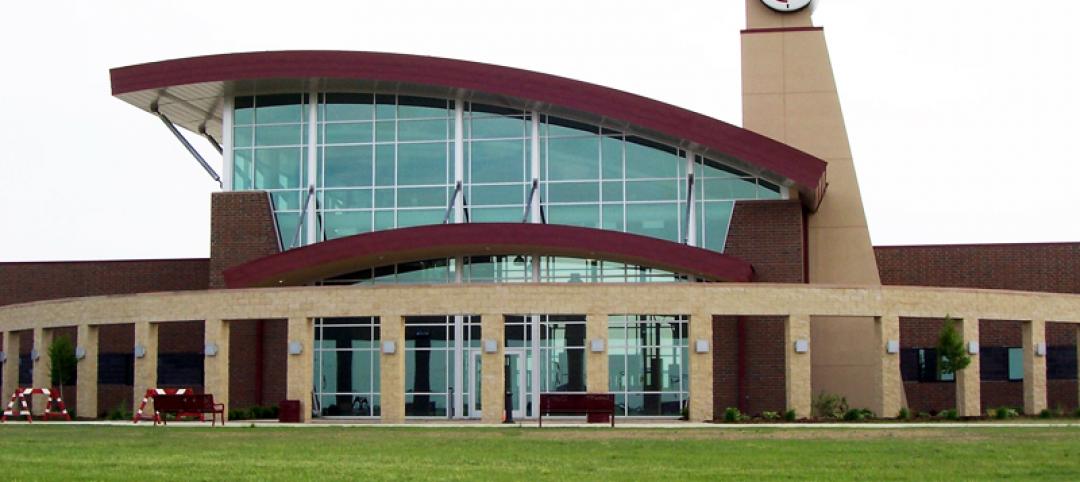A new guide describes how builders can increase the structural and energy performance of a home with a raised-heel truss construction system.
According to the publisher of the guide, APA – The Engineered Wood Association, building with raised-heel trusses results in savings for the builder and an energy-efficient, structurally superior residence for the homeowner. A raised-heel truss has a “heel” that extends up from the top of the wall and elevates the truss at the building’s edges. In other respects, it is identical to a conventional truss.
The guide says that raising the truss higher has two big advantages over typical truss construction: It simplifies attic ventilation, and it leaves ample room for insulation above exterior wall top plates. With the added space, the truss doesn’t compress attic insulation over the top plate and compromise its insulation value, a common weakness of conventional truss systems.
The energy code allows for use of less insulation for the entire ceiling system when a raised-heel truss system is used, allowing builders to reduce material costs and increase energy efficiency. Home Energy Rating (HERS) studies also indicate that with consistent ceiling insulation, APA says, the home maintains a more stable interior temperature that results in a more comfortable home and lower utility bills.
The system also features structural advantages, according to APA. Wall systems that combine raised-heel trusses with overlapping continuous plywood or oriented strand board (OSB) sheathing have better resistance to lateral forces produced by high winds or seismic activity than those fastened with conventional wall-to-truss connections.
Related Stories
Sponsored | Roofing | May 9, 2016
The incredible long-lived metal roof
A report by the Metal Construction Association (MCA) found that 55% Al-Zn coated low-slope steel standing seam roofing systems suffer very little corrosion if properly maintained.
Roofing | Feb 24, 2016
Better membranes, better roofing [AIA course]
To earn 1.0 AIA CES HSW learning units, study the article carefully and take the exam.
Codes and Standards | Jan 22, 2016
Metal Roofing Seaming Guide published by Metal Construction Association
The free document is specifically tailored for metal roof installation.
Sponsored | Roofing | Oct 28, 2015
WeatherXL™ Crinkle finish brings visual depth to projects
A textured finish enhances visual depth and adds a richness to color
Roofing | Oct 27, 2015
Hoboken, N.J.,promotes green roofs by easing approval process
Mayor wants to offer tax incentives as further enticement.
Sponsored | Coatings | Sep 25, 2015
Comfort and energy efficiency with cool metal roofs
Energy-efficient metal roofs, with cool coatings are at the forefront of innovation, helping to increase the efficiency of the building envelope.
Sponsored | Metals | Jun 23, 2015
Metal Roof Retrofits: the potential, the problems, the payoff, part 1
For the best possible outcomes when working on metal roof retrofits, consider some simple but vital steps to get the best possible outcome from your retrofit job.
Sponsored | Roofing | May 11, 2015
How architects can tap into the expertise of their metal roof manufacturer, part 2
Here are three things metal roof manufacturers can do to help the architect
Sponsored | Metals | Apr 24, 2015
Are metal roofs lightning magnets?
According to The Metal Construction Assocition, a metal roof will not make lightning more likely to strike, but it may make a lightning strike less dangerous if it occurs. That’s right, less dangerous, not more.
Sponsored | Roofing | Apr 15, 2015
Curved metal panels allow for community college expansion
A new campus was needed to support an Ohio community college's expanding population


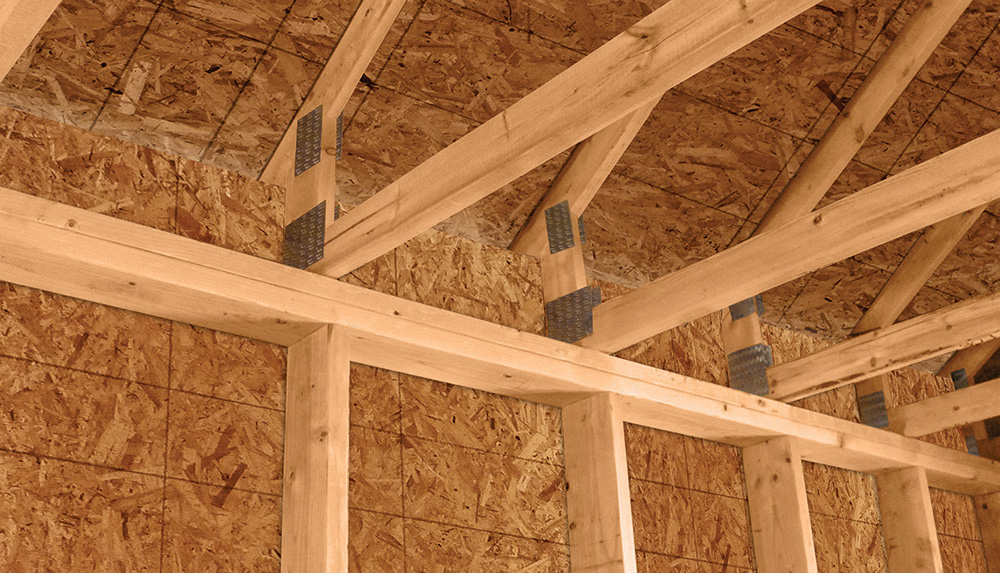
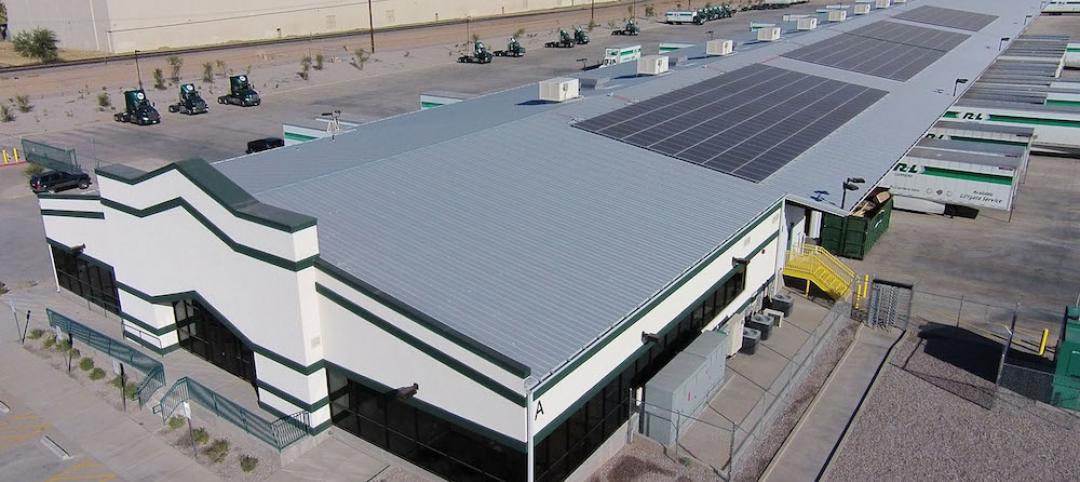
![Better membranes, better roofing [AIA course] Better membranes, better roofing [AIA course]](/sites/default/files/styles/list_big/public/Screen%20Shot%202016-02-24%20at%2010.47.03%20AM.jpg?itok=obh9Gk10)
